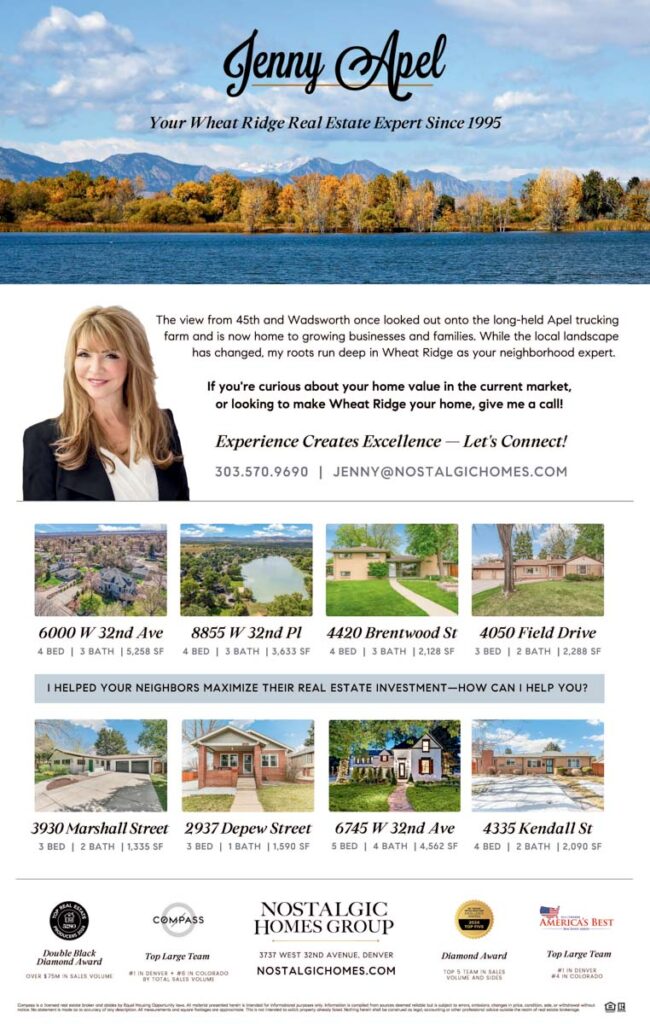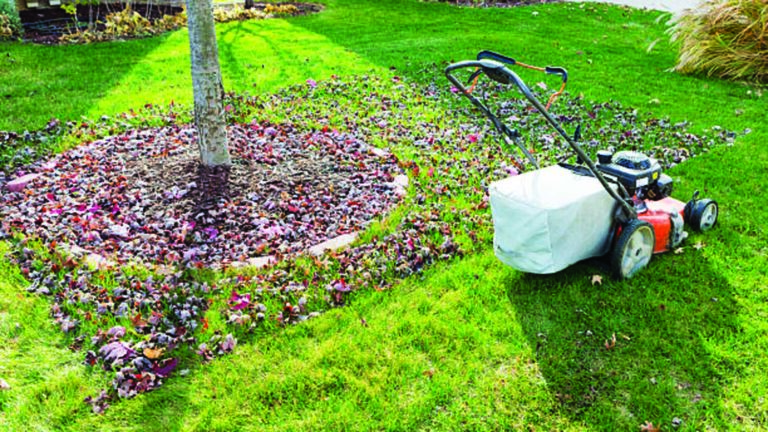As most of us begin to return to the office, we are all slowly being reminded of the horrors of rush hour traffic. Sitting in a hot car on I-70, horns blaring, crawling along at parking lot speeds is enough to make anyone want to work from home again.
Unfortunately, for many of us that simply isn’t an option. As a result, we begin to think of ways to alleviate the congestion of our roads. Perhaps the most intuitive solution to reducing traffic is simply building another lane; after all, wouldn’t another lane give cars more space? While this may be true at the beginning, adding more lanes has actually been found to ultimately worsen traffic. Despite the research conducted on this phenomenon, Wheat Ridge is about to break ground on a new plan to widen Wadsworth.
I’ll admit, the assertion that adding a lane to a road will cause more traffic is not the most intuitive thing to hear; however, the reasoning behind this phenomenon is not as convoluted as you might think. The concept of induced demand is an idea in economics which states that “on urban commuter expressways, peak-hour traffic congestion rises to meet maximum capacity.” In other words, if another lane were to be built, more cars would show up to fill that lane. Why is that? To illustrate this, let’s imagine a three-lane highway that is currently congested. If you’ve ever sat through rush hour traffic, you know that you’d never willingly choose to do that. The people who are on the highway at this point are commuters with no other choice. Now, imagine the highway expands to four lanes. Now, these same commuters are more spread out, causing less congestion. This is where the idea of induced demand comes in. Now that the highway is less congested, people who have other options for transportation choose the highway instead. These people might usually take local roads, bike or use public transportation, or just take the highway when it’s not rush hour. These new commuters serve to fill that gap left when the original group spread out, resulting in congestion across four lanes, instead of three. Just like that, we’re right back where we started. While the proposed changes to Wadsworth are not as simple as making the street wider, the transformation of the intersection at 38th avenue aims to reduce traffic by adding a modified turning lane, which ultimately will have the same effect.
Adding lanes to a road is rarely a solution; so what can we do? Fortunately, there are a few solutions that would likely alleviate the congestion of our roads. One would be an improvement to our public transport system, from improving our train infrastructure, to better and more numerous bus routes, to placing a greater focus on walkability in our cities. A considerably less popular, though perhaps more effective solution already being tried in L.A. is charging those who use the highway during peak traffic hours.
Finally, and likely the most effective solution presented recently is removing highway, rather than building more. Allocating $10B to this solution was considered by the senate earlier this year. Although ground breaking on the Wadsworth project is just around the corner, it’s important to stay informed as similar changes are proposed to other parts of our city. By voting smarter now, we can keep this great city on the road to success as we drive toward the future.






